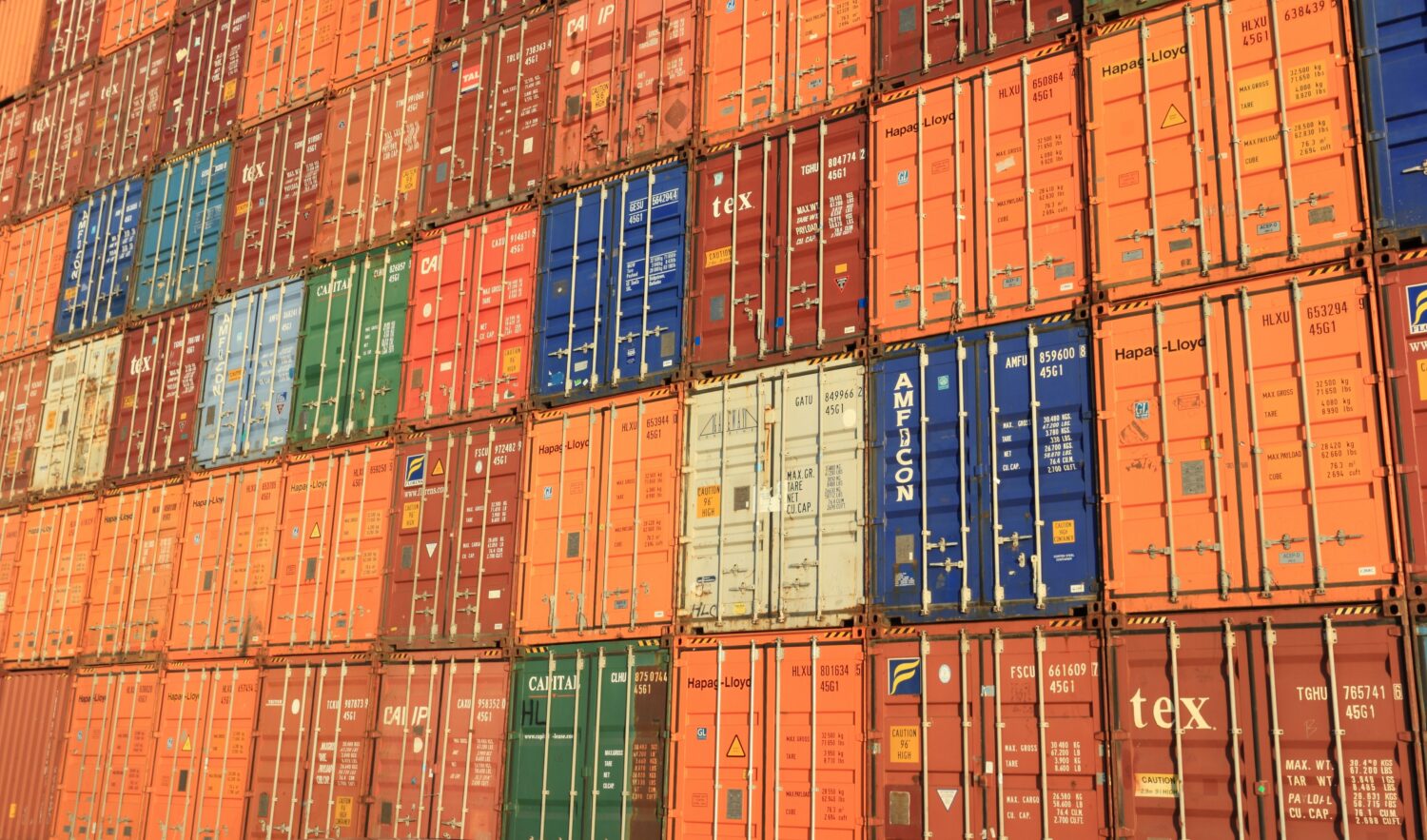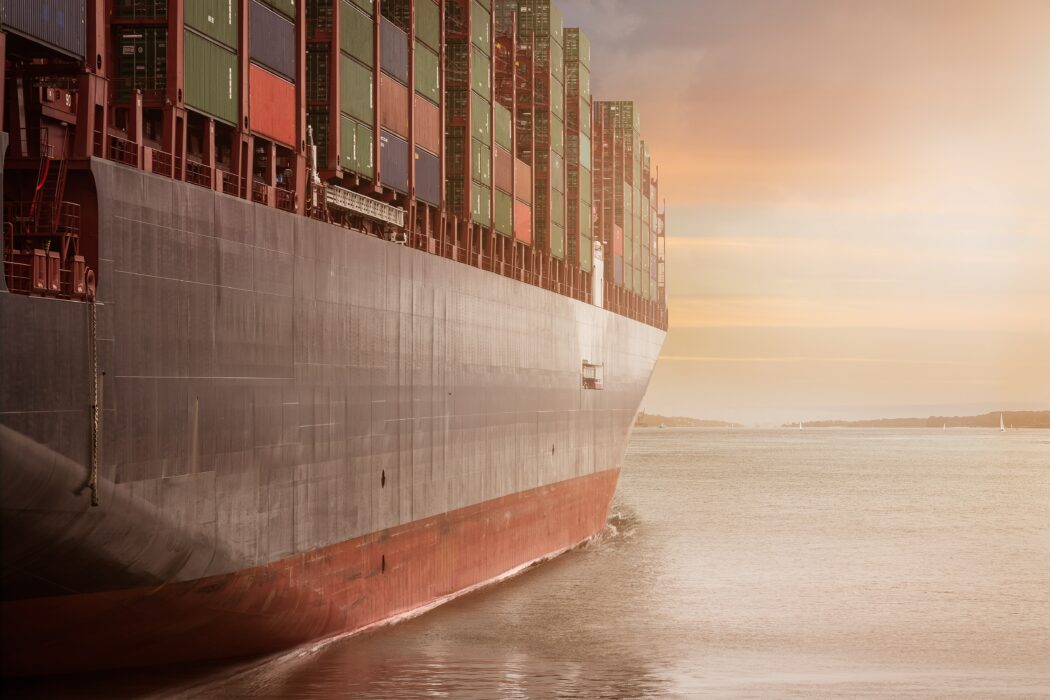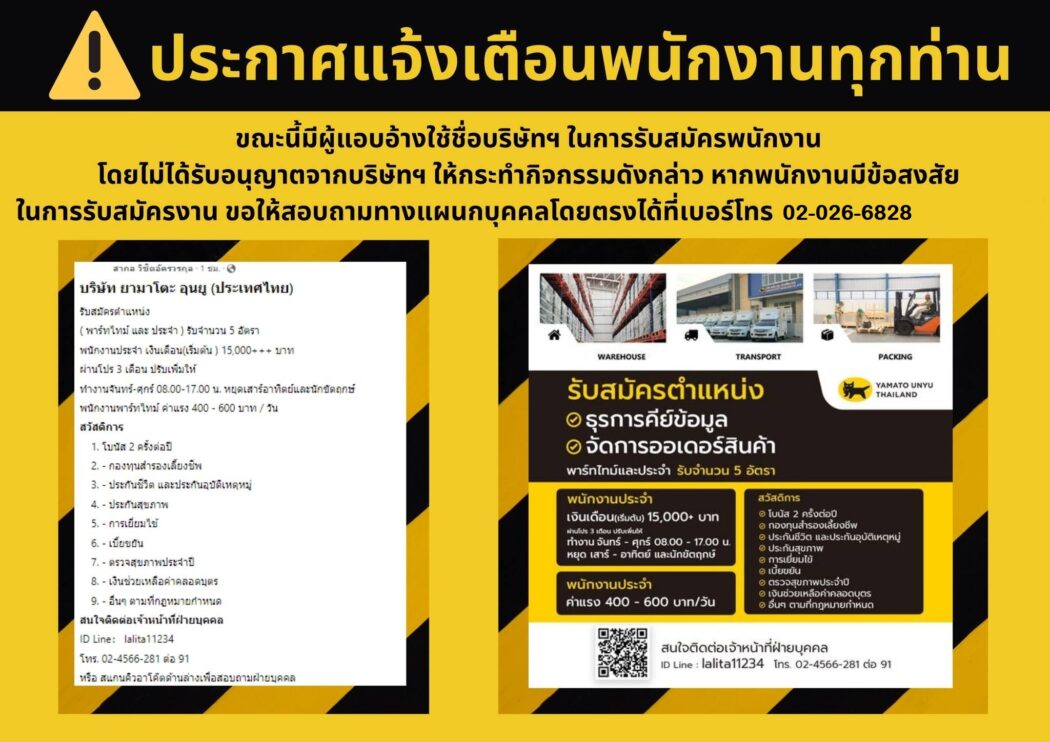Understanding Verified Gross Mass: The Key to Safe and Efficiency
In the world of international forwarding, ensuring the safety and efficiency of goods during transportation is crucial. One key aspect that plays a significant role in achieving this is understanding the concept of Verified Gross Mass (VGM).
VGM refers to the total weight of a packed shipping container, including the cargo and any additional materials such as packaging and securing materials. This weight verification process has been introduced as a global requirement by the International Maritime Organization (IMO) to prevent accidents and ensure optimal loading conditions. By accurately determining the VGM, shipping companies can effectively plan and allocate resources, prevent overloading, and ensure the stability of vessels during transit. In this article, we will delve deeper into the importance of understanding VGM, its impact on safe and efficiency, and how businesses can comply with this essential requirement to maintain the integrity of the supply chain. So, let’s dive in and explore the world of Verified Gross Mass!

What is Verified Gross Mass (VGM)?
Verified Gross Mass, or VGM, is a critical factor in international shipping that determines the weight of a packed shipping container. It includes the weight of the cargo inside the container, as well as any additional materials such as packaging, dunnage, and securing materials. The purpose of VGM is to ensure that the weight of the container and its contents is accurately determined before shipment. This information is crucial for the safe and efficient loading and transportation of goods.
To determine the VGM, shippers must weigh the packed container using certified weighing equipment. This can be done either by weighing the entire container after it has been packed or by weighing the cargo and adding the weight of the container and other materials. The VGM must be communicated to the shipping line and other parties involved in the transportation process, such as terminal operators and port authorities, before the container load onto a vessel.
Complying with VGM requirements is not only a legal obligation but also a fundamental practice for ensuring the safety and efficiency of shipping operations. Accurate weight verification helps prevent accidents, such as container collapses or vessel instability, which can have devastating consequences for both the cargo and the crew.
Importance of Verified Gross Mass in shipping
Understanding and complying with VGM requirements is of paramount importance in the shipping industry. The accurate determination of container weights has numerous benefits that contribute to safe and efficient shipping operations.
First and foremost, VGM ensures the safety of cargo, vessel, and crew. Overloaded containers can lead to a loss of stability, making vessels more prone to capsizing or accidents during transit. By providing accurate weight information, shippers and shipping lines can ensure that containers are loaded within safe weight limits and that vessels can maintain stability throughout the journey.
Moreover, VGM plays a crucial role in resource allocation and planning. With accurate weight information, shipping companies can optimize the allocation of vessels, equipment, and personnel. This leads to improved efficiency, reduced costs, and better utilization of resources. By avoiding overloading or underloading containers, shipping companies can maximize their capacity and minimize the number of trips required to transport goods.
Complying with VGM requirements also helps maintain the integrity of the global supply chain. Accurate weight verification ensures that containers are properly packed and secured, reducing the risk of damage or loss during transit. It also facilitates the smooth flow of goods through ports and terminals, as accurate weight information allows for effective planning and allocation of resources at these crucial points in the logistics chain.
Overall, understanding and implementing VGM requirements is essential for shipping companies, as it enables them to enhance safety, improve efficiency, and maintain the integrity of the supply chain. By prioritizing accurate weight verification, businesses can avoid potential accidents, reduce costs, and ensure the smooth transportation of goods from origin to destination.
International regulations on Verified Gross Mass
The introduction of VGM requirements is a result of international regulations aimed at improving the safety and efficiency of shipping operations. The International Maritime Organization (IMO), a specialized agency of the United Nations responsible for regulating shipping, adopted the Safety of Life at Sea (SOLAS) Convention, which includes the VGM requirement.
Under the SOLAS Convention, which came into effect on July 1, 2016, shippers are required to provide the VGM of packed containers to the shipping lines and other parties involved in the transportation process. Failure to comply with these requirements can result in severe consequences, including the refusal of loading the container onto a vessel.
The SOLAS Convention mandates that shippers are responsible for providing the VGM, either through weighing the packed container or by weighing the cargo and adding the weight of the container and other materials. Additionally, the weighing equipment used must meet the accuracy standards set by the relevant national authorities.
To ensure compliance with these regulations, shipping lines and terminal operators have established procedures for receiving and verifying VGM information from shippers. This includes the provision of cut-off times for the submission of VGM data and the verification of the accuracy of the provided weights. These measures help maintain the safety and integrity of shipping operations while minimizing disruptions to the global supply chain.
How to calculate Verified Gross Mass
Calculating the Verified Gross Mass (VGM) of a packed shipping container involves determining the weight of the cargo, as well as any additional materials such as packaging, dunnage, and securing materials. There are two methods commonly used to calculate the VGM: the Method 1 and Method 2.
Method 1 involves weighing the entire packed container using certified weighing equipment. This can be done using weighbridges or other calibrated weighing systems. The weight obtained from this method represents the total weight of the container, including the cargo, packaging, and securing materials.
Method 2, on the other hand, involves weighing the cargo and adding the weight of the container and other materials. In this method, the shipper weighs the cargo separately using certified weighing equipment, such as platform scales or forklift scales. The weight of the container and any additional materials is then added to obtain the VGM.
Regardless of the method used, it is essential to ensure that the weighing equipment meets the accuracy standards set by the relevant national authorities. This helps maintain the integrity of the weight verification process and ensures compliance with international regulations.
Benefits of accurate Verified Gross Mass reporting
Accurate reporting of Verified Gross Mass (VGM) has numerous benefits for both shippers and shipping lines. By providing precise weight information, shippers can contribute to the safety and efficiency of shipping operations while avoiding potential penalties and disruptions to their logistics processes.
One of the primary benefits of accurate VGM reporting is the prevention of accidents and incidents during transit. Overloaded containers can lead to instability, making vessels more susceptible to capsizing or accidents. By providing accurate weight information, shippers help ensure that containers are loaded within safe weight limits, minimizing the risk of accidents and protecting the cargo, vessel, and crew.
Accurate VGM reporting also enables shipping lines to optimize their resource allocation and planning. With precise weight information, shipping companies can allocate vessels, equipment, and personnel more efficiently, leading to improved operational efficiency and reduced costs. By avoiding overloading or underloading containers, shipping lines can maximize their capacity and minimize the number of trips required to transport goods.
Moreover, accurate VGM reporting helps maintain the integrity of the global supply chain. By ensuring that containers are properly packed and secured, shippers reduce the risk of damage or loss during transit. This not only protects the goods being transported but also prevents disruptions to the flow of goods through ports and terminals.
Furthermore, accurate VGM reporting helps shippers comply with international regulations, such as the Safety of Life at Sea (SOLAS) Convention. By providing the required weight information, shippers avoid potential penalties and refusal of loading their containers onto vessels. This ensures smooth operations and minimizes disruptions to the logistics process.
Overall, accurate VGM reporting benefits both shippers and shipping lines by enhancing safety, improving efficiency, and maintaining the integrity of the supply chain. By prioritizing accurate weight verification and reporting, businesses can mitigate risks, reduce costs, and ensure the smooth transportation of goods.
Verified Gross Mass and container weight discrepancies
Ensuring accurate weight verification of packed shipping containers is crucial for safe and efficient shipping operations. However, discrepancies between the declared weight and the actual weight of containers can sometimes occur, leading to potential issues during transportation.
There are several reasons why container weight discrepancies may arise. One common reason is incorrect or inaccurate weighing of the cargo or the container itself. This can happen due to the use of faulty or uncalibrated weighing equipment, human error during the weighing process, or intentional misreporting of weights by shippers.
Inaccurate weight verification can have various implications for shipping operations. Under-declaration of container weights can lead to vessels being overloaded, increasing the risk of accidents or instability during transit. On the other hand, over-declaration of weights can result in underutilization of vessel capacity, leading to inefficiencies and increased shipping costs.
To address these issues, it is essential for shippers and shipping lines to implement robust weight verification procedures. This includes using certified weighing equipment, ensuring proper calibration of weighing systems, and conducting regular audits to identify and rectify any discrepancies in weight reporting.
Furthermore, collaboration between shippers, shipping lines, and terminal operators is crucial for addressing container weight discrepancies. By establishing clear communication channels and implementing effective verification processes, all parties involved can work together to ensure accurate weight reporting and prevent potential disruptions to shipping operations.
Verified Gross Mass and container packing guidelines
Accurate weight verification of packed shipping containers is not solely dependent on weighing the cargo and the container itself. Proper container packing is also essential to ensure that the declared weight accurately reflects the actual weight of the container and its contents.
When packing containers, shippers should follow specific guidelines to optimize weight distribution and minimize the risk of inaccuracies in weight reporting. These guidelines include:
1. **Proper cargo distribution**: Distributing the cargo evenly within the container helps maintain stability during transit. Shippers should avoid concentrated loads or uneven weight distribution that can lead to container instability or shifting of cargo.
2. **Securing materials**: Properly securing the cargo using appropriate materials, such as dunnage, lashings, or bracing, is crucial for preventing cargo movement and maintaining the integrity of weight verification. Shippers should follow best practices and industry standards for securing different types of cargo.
3. **Packaging materials**: The weight of packaging materials, such as pallets, crates, or shrink wrap, should be included in the total weight of the container. Shippers should accurately measure and account for the weight of these materials during weight verification.
4. **Documentation and labeling**: Properly documenting and labeling the cargo and the container is essential for accurate weight reporting. Shippers should clearly indicate the weight of the cargo, packaging materials, and any additional securing materials on the shipping documents and container labels.
By following these container packing guidelines, shippers can ensure that the declared weight of the container accurately reflects the actual weight, minimizing discrepancies and contributing to safe and efficient shipping operations.
Verified Gross Mass and safety in shipping
Safety is a top priority in the shipping industry, and accurate verification of container weights plays a crucial role in maintaining safe shipping operations. By complying with Verified Gross Mass (VGM) requirements and ensuring accurate weight reporting, shippers and shipping lines contribute to the overall safety of the supply chain.
Overloaded containers pose significant risks to the safety of vessels, crew, and cargo. Containers that exceed the safe weight limits can lead to stability issues, making vessels more susceptible to accidents or capsizing. By accurately determining the VGM and adhering to weight limits, shippers help prevent these risks and ensure the safety of all parties involved.
Moreover, accurate weight verification helps prevent incidents such as container collapses or cargo spills during transportation. By properly packing and securing containers, shippers minimize the risk of cargo shifting or damage that can result from inadequate weight distribution or improper securing materials. This contributes to the overall safety of the cargo and reduces the potential for accidents or disruptions to shipping operations.
Accurate weight reporting also facilitates the smooth flow of goods through ports and terminals. By providing accurate weight information to terminal operators and port authorities, shippers enable effective planning and allocation of resources at these crucial points in the logistics chain. This helps prevent congestion, delays, or accidents caused by inaccurate weight reporting and ensures the safe and efficient handling of containers.
In conclusion, ensuring accurate weight verification through VGM compliance is essential for maintaining safety in shipping operations. By prioritizing accurate weight reporting, shippers and shipping lines can mitigate risks, prevent accidents, and contribute to the overall safety and integrity of the supply chain.
Tools and technology for Verified Gross Mass compliance
Complying with Verified Gross Mass (VGM) requirements can be facilitated by leveraging various tools and technologies that streamline the weight verification process. These tools not only help shippers and shipping lines ensure compliance but also enhance efficiency and accuracy in VGM reporting.
One of the key tools for VGM compliance is certified weighing equipment. Weighbridges, platform scales, and forklift scales are commonly used to weigh packed containers and determine their total weight accurately. These weighing systems should be regularly calibrated and maintained to meet the accuracy standards set by the relevant national authorities.
Furthermore, specialized software solutions can help automate and streamline the VGM reporting process. These software tools enable shippers to generate electronic VGM documents, communicate weight information to shipping lines and other stakeholders, and track the status of VGM submissions. By digitizing the VGM reporting process, these tools reduce manual errors, improve data accuracy, and enhance overall efficiency.
Another technology that can facilitate VGM compliance is container tracking and monitoring systems. These systems use sensors and internet-of-things (IoT) technologies to provide real-time information on container location, status, and weight. By integrating these systems with VGM reporting processes, shippers can ensure accurate weight verification throughout the transportation journey and monitor any changes in container weight or status.
Additionally, collaboration platforms and electronic data interchange (EDI) systems enable seamless communication and data exchange between shippers, shipping lines, and other stakeholders. These platforms facilitate the submission and verification of VGM information, ensuring accurate weight reporting and compliance with international regulations.
By leveraging these tools and technologies, shippers and shipping lines can streamline the VGM reporting process, enhance accuracy and efficiency, and ensure compliance with international regulations. Ultimately, these tools contribute to safe and efficient shipping operations and help maintain the integrity of the global supply chain.
Conclusion: The future of Verified Gross Mass in shipping
Verified Gross Mass (VGM) has emerged as a critical requirement in the shipping industry, ensuring the safety and efficiency of goods
We are authoried under Yamato Transport since 1990. Yamato Unyu (Thailand) has provided a long-established and trustworthy service of “Sea Freight” to every corner of the world.



